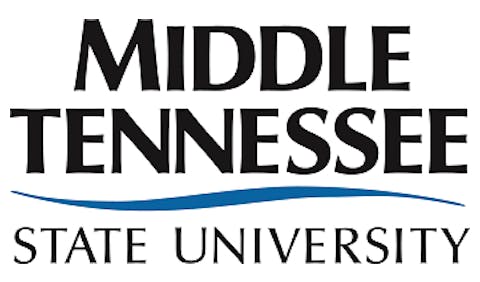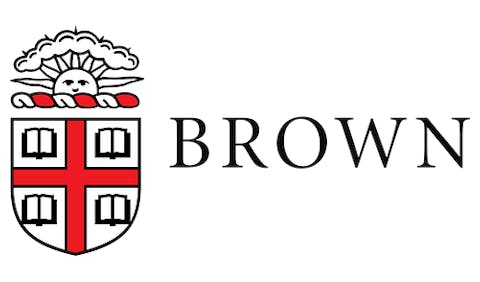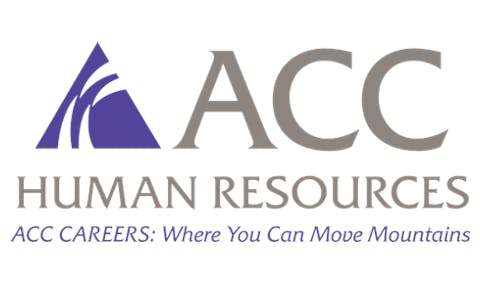The most recent data from the National Student Clearinghouse brought some unexpected but welcome news. After years of decline, freshman enrollment is finally rising. But while that’s cause for celebration, another trend is quietly unfolding beneath the surface—one that colleges can’t afford to ignore.
 Ruth Bauer
Ruth Bauer
Increasing freshman enrollment is important, but it means little if so many students continue to leave college empty-handed. Colleges should not focus solely on bringing in new students; they need to also prioritize bringing back the millions of students who left without a degree.
These learners often have work obligations, financial pressures, and family responsibilities that make returning to college more complex—but not impossible. They need guidance not only for navigating the re-enrollment process but navigating the competing demands of their daily lives.
Institutions can rethink their approach to re-enrollment, providing tailored support that helps these students return, persist, and graduate.
Too often, prospective returning students feel as though they failed. In reality, it’s often the system that has struggled to support them. Many colleges are still structured around the needs of 18-year-olds attending full time and supported by parents, not around adult learners juggling work and family responsibilities.
Ensuring students return and persist—or, better yet, not leave in the first place—requires helping them develop adifferent kind of connection to higher education. They need to feel like someone at the college knows them, sees them, and is willing to stay by their side while they navigate the uncertainty of coming back to college.
That requires proactive, ongoing support. Some institutions are beginning to show what’s possible when that support is in place. In North Carolina, for example, the state launched a coordinated re-engagement effort through its NC Reconnect initiative, targeting adults with prior college credit but no degree.
At institutions like Forsyth Technical Community College in Winston-Salem, personalized, persistent outreach through phone calls and text messages was the way to engage former students. If and when students expressed hesitation about returning, someone was there to help them think through their options, troubleshoot financial barriers, and create a plan they could actually follow. The NC Reconnect initiative has reached more than 40,000 former studentsstatewide, with nearly 3,000 re-enrolling so far.
In California, a coalition that included community colleges and Cal State campuses launched a similar re-engagement campaign to bring back students who had left college during the COVID-19 pandemic. The campaign reduced red tape, offered guidance, and fostered a sense of belonging that many students hadn’t felt the first time around. Across more than a dozen campuses, 14,700 individuals were contacted, resulting in 1,000 students re-enrolling.
Of course, institutions can also work to ensure learners don’t stop out in the first place by applying the same kind ofcare and attention to adult learners already enrolled. At the University of Maryland Global Campus, a large online university serving working adults and military learners, the administration recognized that their students weren’t struggling to start. And non-military-learners, a newer and growing population for the university, were struggling to finish.
In response, they launched an initiative focused specifically on helping new students persist through that critical first term. Support staff were trained to coach students regularly over the course of their first semester, with a focus on life balance, mindset, and motivation.
There are millions of people without a degree who once believed college was worth the effort. They left because thesystem wasn’t built to support them.
Despite that disappointment and the time and money they have already lost, many are still willing to come back. Thequestion is whether institutions are ready to meet them with something better the second time around. As YolandaWatson Spiva, president of Complete College America has written: “It's not enough, however, to just get returning learners through the door…and they need to know that the promise of higher education is not only real—but within reach.”
A growing freshman class is worth celebrating. But now institutions need to ensure that these students—and those who have left—get the support they need to finish. Enrollment is only the beginning. Completion is what changes lives.
______
Ruth Bauer is President of InsideTrack


















